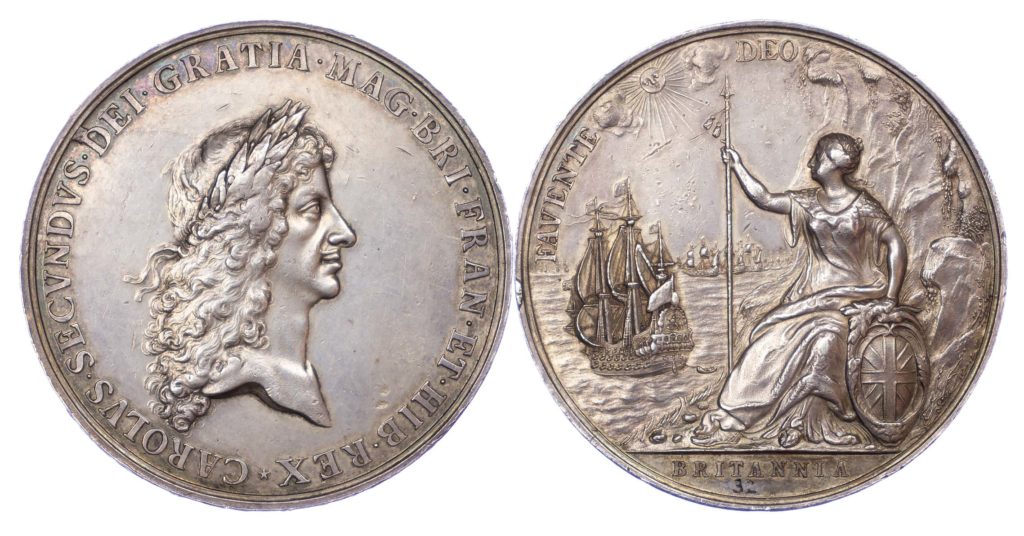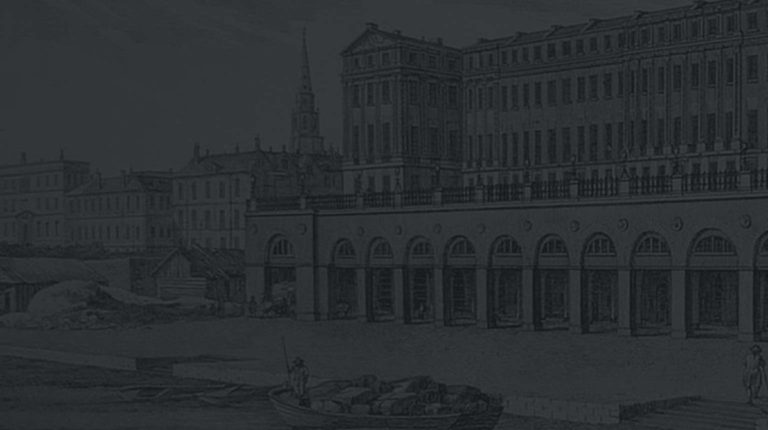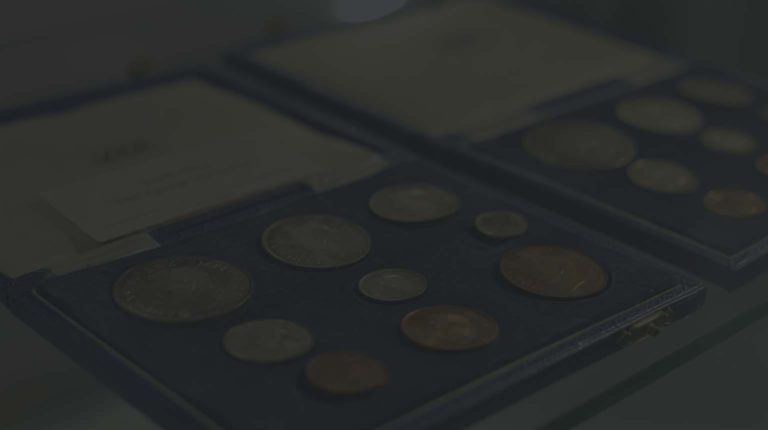Large silver medal of Charles II issued to commemorate England’s extraordinary efforts to increase her navy which enabled her to face the Dutch fleet with strength culminating in the Peace of Breda in 1667.

View the coin
This large undated medal was made to commemorate England’s extraordinary efforts to increase her navy in 1666, enabling her to put to sea, after a lapse of a few weeks, the best fleet hitherto possessed by this country in terms of standard and number of ships, artillery and crew.
The reverse also suggests that the piece refers to successful naval engagements that were carried out against the French that year. The medals were made early in 1667 and the figure of Britannia is modelled on Mrs Stuart, later to be the Duchess of Richmond who was Charles’s mistress.
Samuel Pepys in his diary entry of 25 Feb. 1667 writes:
“At my goldsmith’s did observe the King’s new medall, where in little there is Mrs Stewart’s face as well done as ever I saw anything in my whole life, I think : and a pretty thing it is that he should choose her face to represent Britannia by”.The edge legend may have been added as an afterthought and it is this that gives the piece relevance to the Peace of Breda.
The Treaty of Breda was signed at the Dutch city of Breda, 31 July (Gregorian calendar), 1667, by England, the United Provinces (Netherlands), France, and Denmark. It brought a hasty and inconclusive end to the Second Anglo-Dutch War (1665–1667), as Louis XIV’s forces began invading the Spanish Netherlands as part of the War of Devolution, but left many territorial disputes unresolved. It was thus a typical quick uti possidetis treaty.
In the latter stages of the war, the Dutch had prevailed. Lieutenant-Admiral Michiel de Ruyter virtually controlled the seas around the south coast of England, following his successful raid on the Medway, and his presence there encouraged English commissioners to sue for peace quickly. Negotiations, which had been long protracted, and had actually been commenced in Breda before the raid, then took only 10 days to conclude after the resumption of talks.
During the negotiations, the English commissioners (Denzil Holles and Henry Coventry) offered to return New Netherland in exchange for their sugar factories on the coast of Surinam, that had been taken by Abraham Crijnssen earlier in 1667. The Dutch side declined. In the East Indies, the Dutch secured a worldwide monopoly on nutmeg by forcing England to give up their claim on Run, the most remote of the Banda Islands. The Navigation Acts were moderated in that the Dutch were now allowed to ship German goods, if imported over the Rhine, to England.
In short, the Dutch gave up having colonies in America for controlling access to sugar from the West Indies! As communications were slow, special dates were established for the different parts of the world, on which legal hostilities would end: 5 September for the English Channel and the North Sea, 5 October for the other European seas, 2 November for the African coast north of the equator and 24 April 1668 for the rest of the world.
In North America, Acadia was returned to France, without specifying what territories were actually involved on the ground. Thomas Temple, the proprietor, residing in Boston, had been given a charter by Cromwell, which was ignored in the Treaty, and the actual handing off was delayed at the site until 1670. In addition, the conquest of New Netherland by the English was confirmed on 21 July 1667, producing the Colonies of New York, New Jersey, Pennsylvania, and Delaware.
In the Caribbean, the island of Saint Kitts was re-partitioned between English and French forces. The most complete contemporary account of the war was published first in Dutch, then in French in 1668 as a Description exacte de tout ce qui s’est passé dans les guerres. It contains a list of Dutch vessels and goods lost in North America, an account of the 1664 capture of New Amsterdam (New York City today) with the articles of surrender to Governor Richard Nicolls, and Michiel de Ruyter’s voyage to the West Indies.
The Dutch commemorated the Treaty of Breda with a patriotic engraving. The parties agreed to postpone a discussion of the pawning of Orkney (1468) and Shetland (1469) until a future occasion.
This article was written by Numismatic Consultant Richard Gladdle.


